Which is the right portable power station for me?
Portable power stations are really versatile and can be a great addition to a weekend camping trip, a caravan holiday, or even as a portable source of power when you’re at home. But there are so many to choose from, it’s hard to know which is the best option for you.
To choose the right portable power station, you’ll need to answer three questions:
- What size inverter do I need?
- How much battery power do I need?
- Which brand should I go for?
We’ll show you how to answer these questions, then point you in the direction of some good quality, tried-and-tested portable power stations.
What size inverter do I need?
Portable power banks consist of three main components: a battery, an inverter, and a solar charge controller. The inverter converts the low voltage, DC battery power into the 230V AC electricity you need to power your 230V appliances.
The size of the inverter (e.g. 200W, 500W, 1000W) describes the maximum power it can provide at any one time, which will dictate the kind of appliances you’ll be able to plug in.
You can work out how big an inverter you need by considering which appliances you’re going to use:
Step 1
Try to pre-empt which 230V appliances you will want to use and find out their rated power draw, in Watts (W). You can usually find this printed somewhere on the appliance or on the power cord label. Alternatively, you can often find the specifications online.
Step 2
Work out what your maximum power draw will be at any one time. For example, if you want to plug in a laptop charger (60VA), a blender (1000VA) or a hair dryer (1400VA), your max power draw will be 1400VA.
60VA
or
800VA
or
1400VA
MAX = 1400VA
Inverter required : 1600VA
60VA
and
800VA
and
1400VA
Total = 2260VA
Inverter required : 3000VA
Step 3
Choose a power station with an inverter that’s big enough to handle your maximum power draw. You should also make sure it has enough plug sockets.
For the example above, you would need a large power station, with at least three plug sockets, such as the EcoFlow DELTA Max or the Bluetti AC200Max.
Choosing a powerbank with the right inverter
Here’s a list of power stations you could choose based on the wattage of your appliances.
Low-wattage appliances
- Phone charger (20W)
- Smart TV (50W)
- Laptop charger (60W)
- SUP board pump (110W)
- Drone charger (90W)
- Hair straighteners (200W)
Compatible portable power stations
EcoFlow RIVER Mini
300W inverter
2 plug sockets
Jackery 240
200W inverter
1 plug sockets
PowerOak AC50
300W inverter
2 plug sockets
Want to know more about the Jackery Explorer 240? We’ve reviewed this powerbank and made note of all it’s pros and cons.
Mid-wattage appliances
- Blender (600W)
- Toaster (800W)
- Low-wattage kettle (1200W)
Compatible portable power stations
EcoFlow RIVER Max
600W inverter
3 plug sockets
Jackery 1000
1000W inverter
2 plug sockets
Bluetti EB70
1000W inverter
3 plug sockets
Want to know more? We’ve written a product review of the Jackery 1000 and the EcoFlow RIVER Max and made note of all their pros and cons.
High-wattage appliances
- Hair dryer (1600W)
- Induction hob (1800W)
- Domestic kettle (2000W)
Compatible portable power stations
EcoFlow DELTA 2
1800W inverter
4 plug sockets
EcoFlow DELTA Pro
2400W inverter
4 plug sockets
Bluetti AC200P
2000W inverter
3 plug sockets
What size battery do I need?
The battery capacity of a power station will tell you how many hours the battery will be able to supply a certain amount of watts, given in Watt hours (Wh).
Based on the power demands of your appliances (in Watts) you can calculate how many Watt-hours you will need from your portable power station.
Watt hours = Watts x hours
You can calculate how many Watt hours you will use per day by adding up the usage from each individual component.
| Item | Wattage (W) | Time (Hours) | Power used (Wh) |
| 20 | 0.6 | 12 | |
 Laptop Laptop | 60 | 1.2 | 12 |
| 500 | 0.1 | 50 | |
| 60 | 0.5 | 30 |
Total power used = 164Wh
Now choose your power station based on how many days you want to last without having to recharge.
For the example above, using 164Wh per day,
a power station with a 500Wh battery would last for 3 days
and a power station with a 1300Wh battery would last for 8 days.
The 500Wh station might be great for a long weekend, but the 1300Wh will get you through a week without needing to be recharged.
However, if you have a means of recharging your portable power station throughout the trip, you might not need such a big battery capacity.
Recharging your powerbank
Portable power stations can be recharged in three different ways:
- A mains power plug socket (230V AC)
- A car’s cigarette lighter socket (12V DC)
- Or from portable solar panels
Mains plug charging
If you think you’ll have access to a mains plug socket at some point on your trip (e.g. in a cafe or at a campsite) you’ll be able to recharge your power station.
Here’s where the EcoFlow power stations have a big advantage over the other brands: all EcoFlow power stations have fast charging capabilities – their latest generation of powerbanks fully can charge in just one hour. In comparison, most of Bluetti’s powerbanks reach full charge in 3-4 hours, while Jackery’s charge in 5-6 hours.
Charging in the car
You’ll also be able to recharge your portable power station from the cigarette lighter socket in your car whenever you’re on the move. You should only charge your powerbank when you’re driving, or else you’ll flatten your starter battery.
A small powerbank will need just 3-4 hours to fully recharge, but for large power banks this method isn’t very effective and could take 9-11 hours to fully recharge.


Portable solar panels
Portable solar panels are a really popular option to use alongside a portable power station. Just set them up outside when the sun’s out and they can recharge your power bank for free! The time it takes to recharge from solar depends on the light conditions, the size of the solar panel and the size of the battery.
Here’s an idea of typical solar recharge speeds for small, medium and large powerbanks (assuming there’s a high summer sun with no cloud coverage):
| Small powerbanks | Solar power | Recharge speed |
|---|---|---|
| Jackery 240 | 60W solar panel | 5.5 hours |
| EcoFlow RIVER Mini | 110W solar panel | 4.5 hours |
| Mid-sized powerbanks | Solar power | Recharge speed |
|---|---|---|
| Jackery 500 | 100W Solar Saga panel | 7.5 hours |
| EcoFlow RIVER Max | 220W solar panel | 3 hours |
| PowerOak AC50 | 120W solar panel | 4.5 hours |
Want to know more? We’ve written a product review of the Jackery 500 and the AC50 and made note of all their pros and cons.
| Large powerbanks | Solar power | Recharge speed |
|---|---|---|
| EcoFlow DELTA Mini | 2 x 160W solar panels | 6 hours |
| Jackery 1000 | 2 x 100W Solar Saga panel | 6.5 hours |


EV charging point
Finally, the EcoFlow DELTA Pro can be charged from an electric vehicle charging point in less than 2 hours! The DELTA Pro is a really big powerbank, so this could be a really good option if you need a lot of power and you’ll be on the move every few days.
What size portable power station do I need?
To help you choose which size portable power station is right for you, we’ve outlined some examples of typical power usage, ranging from a low to extra-high.
Below each example, we’ve listed the powerbanks we would recommend.
We’ve calculated how long each power station would last before you need to recharge, but if you’ll have access to a charging source on your trip, you’ll be able to last for longer and can choose a powerbank with a smaller battery capacity.
Portable power stations for a low daily usage
In this example, some low-wattage appliances are used each day, for only a short time, resulting in a low daily power demand.
| Daily usage | Wattage (W) | Hours used (Hrs) | Power used (wH) |
|---|---|---|---|
| Phone charger x2 | 40W | 0.6 | 24Wh |
| Laptop charge | 60W | 1.2 | 72Wh |
| Outdoor light | 5W | 2 | 10Wh |
Total daily power usage = 106Wh
| Recommended powerbanks | Inverter size | Battery size | Time off-grid |
|---|---|---|---|
| EcoFlow RIVER Mini | 300W | 210Wh | 2.0 days |
| Jackery 240 | 200W | 240Wh | 2.3 days |
| PowerOak AC50 | 300W | 500Wh | 4.7 days |
These small powerbanks will only take 4 or 5 hours to charge from just one 110W portable solar panel, so you’ll be able to go indefinitely if you can get a full recharge every day.
Portable power stations for a moderate daily usage
In this example, some low and mid-wattage appliances are used each day, resulting in a moderate daily power requirement.
| Item | Wattage | Hours used | Wh per day |
|---|---|---|---|
| Phone charge (x2) | 40W | 0.6 hours | 24Wh |
| Laptop charge (x2) | 120W | 1.2 hours | 144Wh |
| Smart TV | 50W | 1.0 hours | 50Wh |
| Small blender | 400W | 0.1 hours | 40Wh |
Total daily power usage = 258Wh
| Recommended powerbanks | Inverter size | Battery size | Time off-grid |
|---|---|---|---|
| Jackery 500 | 500W | 518Wh | 2.0 days |
| EcoFlow RIVER Max | 600W | 576Wh | 2.2 days |
The RIVER Max will only take 6 hours to recharge from one 110W portable solar panel, so if you have access to clear skies with a high summer sun, you could keep topped up indefinitely with this set-up.
Portable power stations for a high daily usage
In this example, low, medium and high-wattage appliances are used each day, including a campervan fridge which runs 24/7 and a hair dryer used for 6 minutes.
| Item | Wattage | Hours used | Wh per day |
|---|---|---|---|
| Phone charge (x2) | 40W | 0.6 hours | 24Wh |
| Laptop charge (x2) | 120W | 1.2 hours | 144Wh |
| Toaster | 800W | 0.1 hours | 80Wh |
| Campervan fridge | 20W | 24 hours | 480Wh |
| Hair dryer | 1600W | 0.1 hours | 160Wh |
Total daily power usage = 888Wh
| Recommended powerbanks | Inverter size | Battery size | Time off-grid |
|---|---|---|---|
| EcoFlow DELTA | 1800W | 1260Wh | 1.4 days |
| EcoFlow DELTA Max | 2400W | 2016Wh | 2.3 days |
Because these powerbanks have such a large battery capacity, you’ll need multiple portable solar panels to get a full recharge in just one day. The DELTA will need 2 x 160W solar panels to charge in 6 hours, and the DELTA Max will need 3 x 160W solar panels to charge in 8 hours.
Portable power stations for extra-high daily usage
In this example, low, medium and high wattage appliances are used, including an induction hob for 30 minutes of cooking, which necessitates a large battery capacity and a large inverter.
| Item | Wattage | Hours used | Wh per day |
|---|---|---|---|
| Laptop charge (x2) | 120W | 1.2 hours | 144Wh |
| Smart TV | 50W | 1.0 hours | 50Wh |
| Hair dryer | 1600W | 0.1 hours | 160Wh |
| Campervan fridge | 20W | 24 hours | 480Wh |
| Induction hob | 2000W | 0.5 hours | 1000Wh |
Total daily power usage = 1834Wh
| Recommended powerbanks | Inverter size | Battery size | Time off-grid |
|---|---|---|---|
| EcoFlow DELTA Pro | 2400W | 3600Wh | 2.0 days |
| EcoFlow DELTA Pro with extra battery | 2400W | 7200Wh | 3.9 days |
Jackery vs EcoFlow vs Bluetti
Now that you know how to size your powerbank to suit your needs, the last thing to consider is which portable power station brand is best?
Jackery, EcoFlow and Bluetti PowerOak are three of the best portable power station brands available in the UK, so we’ve summarised their pros and cons to help you choose. We’ve also mentioned the Dometic PLB40 which is a 12V only powerbank.
Bluetti PowerOak – Best budget option
Pros
- Lithium battery
- Pure sine wave inverters
Cons
- No ‘mini’ powerbank model
- Slow recharge speeds
- The AC50 only has a small inverter (300W) vs comparable powerbanks
Jackery – Best mid-range option
Pros
- Lithium battery
- Pure sine wave inverters
- Available in a range of sizes: Explorer 240, Explorer 500 and Explorer 1000
Cons
- No extra-large models
- Slow recharge speeds
EcoFlow – Most versatile option
Pros
- Largest inverters
- Good range of sizes available
- Fastest recharge speed from mains plug
- Longest battery cycle life
Cons
- Most expensive option
Dometic PLB40 – Best 12V option
Pros
- Made specifically for use with the CFX fridges
Cons
- No inverter (12V only)
- No built-in charge controller
It’s also worth noting that EcoFlow solar panels come with an Anderson plug to MC4 adapter cable for connecting to the EcoFlow powerbanks. MC4 connectors are the most commonly used solar panel connectors. So, if you already have a solar panel, or want to install a fixed panel on your vehicle’s roof, EcoFlow are easier to connect with than the other brands. You will just need to purchase an MC4 to anderson adapter.


Recharge speed comparison – PowerOak vs Jackery vs EcoFlow
Every power station has a slightly different recharge speed, depending on the size of its battery. However, EcoFlow powerbanks allow fast-charging when they’re plugged into mains power, so they might be the best option for you if you need a quick recharge whenever you have access to a plug socket.
Here’s a comparison between these mid-sized power stations from PowerOak, Jackery and EcoFlow:
| Powerbank | Mains power | Car charging | Solar charging |
|---|---|---|---|
| PowerOak AC50 | 5.0 hours | 6.0 hours | 4.5 hours from 120W solar panel |
| Jackery 500 | 5.5 hours | 5.5 hours | 7.5 hours from 100W Solar Saga panel |
| EcoFlow RIVER Max | 1.6 hours | 6.5 hours | 3 hours from 220W EcoFlow solar panel |
Which powerbank should I choose if…I’m on a budget?
PowerOak and Jackery powerbanks are the best budget powerbanks whilst still being high quality products. Jackery powerbanks are slightly more expensive, but have bigger inverters.


Which powerbank should I choose if… I want to use fixed solar panels to recharge it?
EcoFlow powerbanks come with an MC4 connector adapter. This is the most common type of solar panel connector, and therefore easiest to connect to other solar panels.
Here’s how to wire up fixed solar panels to charge a portable power station:
Choose a combination of solar panels which doesn’t exceed the maximum tolerance of the powerbank. You’ll find this in the powerbank’s product description on our website.
Use a cable entry housing on the roof of your vehicle to ensure a waterproof seal.
Use two solar panel extension cables to connect to the solar panels on the roof of your van. These can be brought into the van, so you can plug in your powerbank inside the van whenever you need to recharge.
Which powerbank should I choose if… I want to use my portable solar panel to also recharge my leisure battery?
EcoFlow solar panels have MC4 connectors. These can be used to connect to a solar charge controller to charge your campervan’s leisure battery.
Here’s how to wire up a portable solar panel to charge your campervan’s leisure battery:
To manage the variable power coming in from your solar panels, you’ll need to choose the correct solar charge controller.
If you want to set-up your portable solar panel on your vehicle’s roof, you can use a cable entry housing to feed the cables from your charge controller to your roof.
You should use a single solar extension cable cut in two to provide you with two cables to connect to your charge controller. These will be blank on one end, and have an MC4 connector on the other end. These should be connected to the ‘input’ connection points on your charge controller.
Whenever you’re parked up and want to recharge, just plug your solar panels into the MC4 connectors to recharge your leisure battery.
Need some help with your campervan’s electrical system? Try our free electrical system design service. We’ll provide you with a bespoke proposal for free, and if you end up buying your components through us, we’ll send you a free wiring diagram too.
Campervan electrics leaving you confused?

Portable power stations vs bespoke electrical systems
If you’re planning to convert or upgrade a campervan, you might be wondering if a portable power station would do the same job as a permanent electrical system, without the hassle of a complex installation.
Portable power stations definitely have the potential to be really useful, and might be good enough if you only want a simple campervan conversion, but they also have their limitations.
1. They don’t have enough ports or sockets.
Most campervans can power a variety of in-built appliances (such as ceiling lights, bedside lights, fans, a water pump, a fridge, a heater) and can have multiple 230V plug sockets for powering 230V appliances.
A portable power station only has a limited number of ports and plug sockets and won’t be able to accommodate lots of devices.
2. The small and mid-sized power stations don’t have enough battery capacity.
Only the extra-large power stations have a battery capacity which can measure up to a typical campervan leisure battery, which is big enough to last off-grid for several days.
Here’s an example of the size of powerbank you might need to last off-grid for 3 days in a campervan:
| Campervan usage | Wh/day | Powerbank | Price |
|---|---|---|---|
| Basic | 600Wh | EcoFlow DELTA Max | £1,995 |
| Moderate | 120Wh | EcoFlow DELTA Pro | £3482 |
| High | 2400Wh | EcoFlow DELTA Pro + Extra Battery | £6,057 |
3. Large powerbanks are slow to recharge from solar power or from the vehicle’s engine.
Although EcoFlow’s large powerbanks are quick to charge from mains power, a permanent electrical system will charge more efficiently from solar power and from the vehicle’s charging power when you’re driving. For a battery capacity of around 4000Wh, here’s how the times compare:
|
| Mains power | Solar power | Vehicle power |
|---|---|---|---|
| Portable power station | 1.6 hours | 18 hours | 42 hours |
| Permanent electrical system | 11 hours | 11.5 hours | 11 hours |
4. You won’t save money with a powerbank.
To create an electrical system with the equivalent functionality of a powerbank, the combined price of the electrical components will be similar to that of the powerbank.
Cost comparison
Here’s a cost comparison between a portable power station and a campervan electrical system, which would both be suitable for the following daily usage:
| Item | Wattage | Hours used | Wh per day |
|---|---|---|---|
| Phone charge (x2) | 40W | 0.6 hours | 24Wh |
| Laptop charger | 60W | 1.2 hours | 72Wh |
| Fridge | 20W | 24 hours | 480Wh |
| Ceiling lights | 24W | 3 hours | 72Wh |
| Hair dryer | 1600W | 0.1 hours | 200Wh |
Total daily power usage = 848Wh
We need a system which can accommodate a daily power usage of 848Wh with a minimum inverter size of 2000W.
Portable power station
The following portable power station set-up would be suitable:
- DELTA Max power station with extra battery
- 2 x 220W portable solar panels
Permanent electrical system
The following combination of electrical components will achieve the same functionality as the powerbank above:
- 320Ah lithium leisure battery (3840Wh)
- Solar charge controller
- 2000W MultiPlus inverter/charger (for charging from shore hook up)
- SmartShunt (for battery monitoring)
- 30A battery-to-battery charger (for charging from engine)
- 2 x 215W fixed solar panels
| Battery Capacity | Solar Input | Total Cost | |
|---|---|---|---|
| Portable power station | 4032Wh | 440W | £4,600 |
| Permanent electrical system | 3840Wh | 430W | £5,100 |
The total cost of the electrical components for the permanent electrical system is slightly more expensive than the portable power station. However, it has so many advantages over the portable power station.
With a bespoke electrical system, you’ll have more flexibility and can tailor the whole system to your needs.
For example, you might only need a small inverter if you only need to charge a laptop, or you may not need a solar charge controller if you don’t plan on using solar power. In these cases, you’ll save money by only buying exactly what you need.
Advantages of a portable power station
EcoFlow powerbanks can recharge from mains power in just 1.6 hours. This could be advantageous if you’ll have occasional access to mains power, where you can plug it in and charge it within a couple of hours.
And if you’re not feeling confident about DIY electrics, using a powerbank means you won’t need to install a leisure battery, a solar charge controller or an inverter. This part of the campervan conversion can be daunting for electrical newbies. Power stations give you an alternative option if you’re worried about building a safe and reliable system.
Finally, a portable powerbank might be a good option if your current campervan doesn’t have an inverter and you don’t have the room or the confidence to add one in. You’ll be able to use 230V appliances where you couldn’t before, and you’ll have a little extra battery power with you as a back up.
Campervan electrics leaving you confused?

Power station FAQs
-
A small portable power station, such as the EcoFlow RIVER Mini, will last for 7 hours if it is powering something which draws 30W, like a laptop charger.
A large portable power station, such as the EcoFlow DELTA Mini, will last for 10 hours if it is powering something which draws 90W, such as a drone charger.
-
To charge a portable power station you can either plug it into a mains socket, a car’s cigarette lighter socket, or connect it to a portable solar panel.
-
The best portable power station for charging small electronic devices is the EcoFlow RIVER Mini, the EcoFlow RIVER or the Jackery 240.
The best portable power station for powering high-wattage appliances is the Jackery 1000 or the EcoFlow DELTA series.
If you want to know more, we’ve written a whole article on the best portable power stations in the UK, which directly compares the features of small, medium and large powerbanks.
-
A portable power station works by converting the electricity stored inside the battery into the correct voltage you need to power your appliances, whether that’s 12V DC or 230V AC power. They are also able to recharge the battery from solar power because they have a built-in solar charge controller.
-
Portable power stations will give you access to 12V and 230V power wherever you are, with zero installation hassle. Alongside a portable solar panel, they’ll be a great addition to your next off-grid adventure.
-
Large portable power stations can be used to power a hairdryer. You’ll need a power station with an inverter which is big enough for your hair dryer. Most hair dryers draw around 1500-2000W, so you’ll need a portable power station such as the DELTA, the DELTA Max, or the DELTA Pro.
-
EcoFlow and Jackery both produce good quality powerbanks, but EcoFlow powerbanks have larger inverters and faster recharge speed when you plug them into mains power. EcoFlow powerbanks also have a battery with a longer cycle life: 800 cycles, as opposed to Jackery’s 500 cycles.
-
A Jackery 500 would be able to power a 12V refrigerator such as the Dometic CRX50 for 1.8 days. This is because the Jackery 500 has a 518Wh battery and the CRX50 uses 290Wh of power per day. The Jackery 1000 has a 1002Wh battery and would be able to power a refrigerator for 3.5 days.


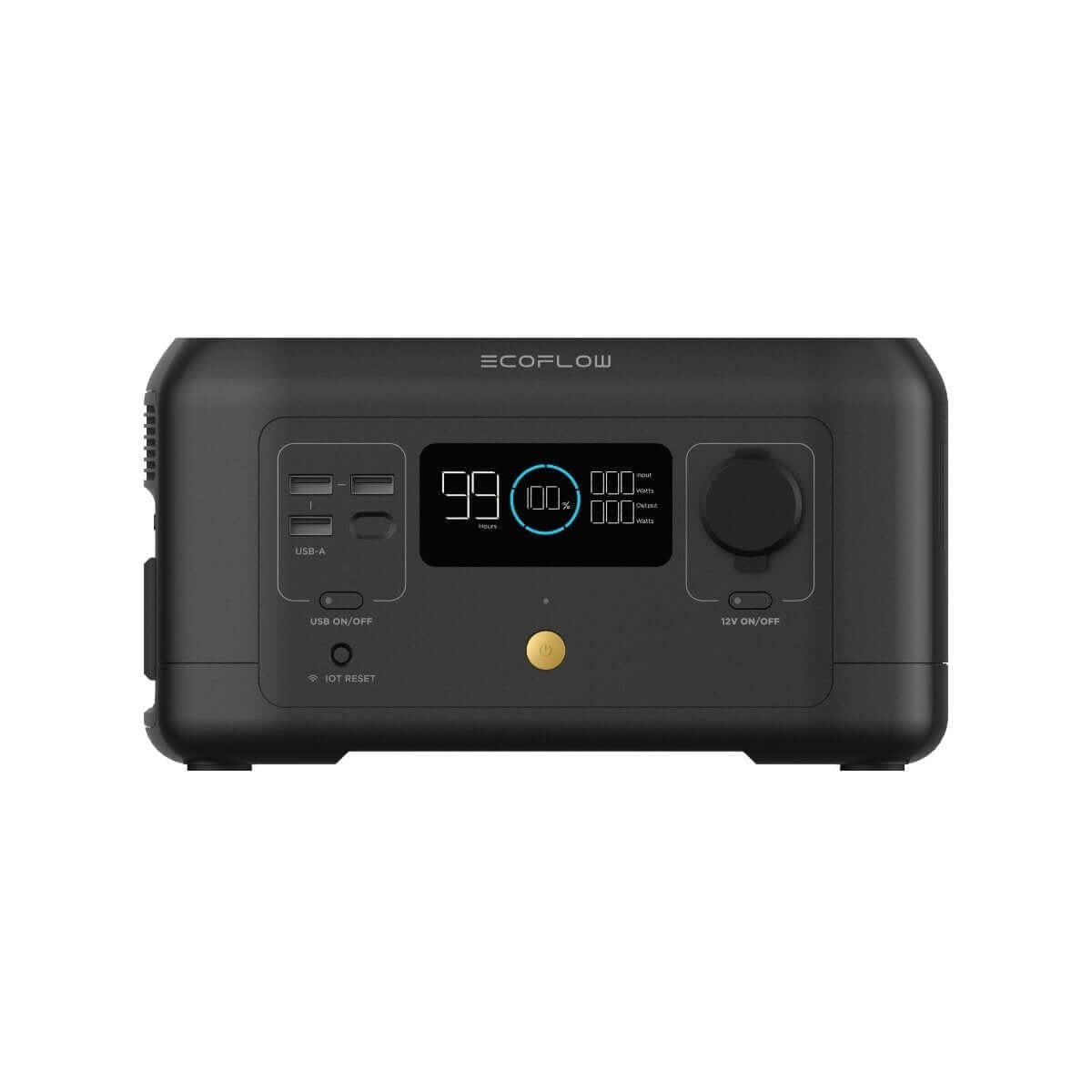
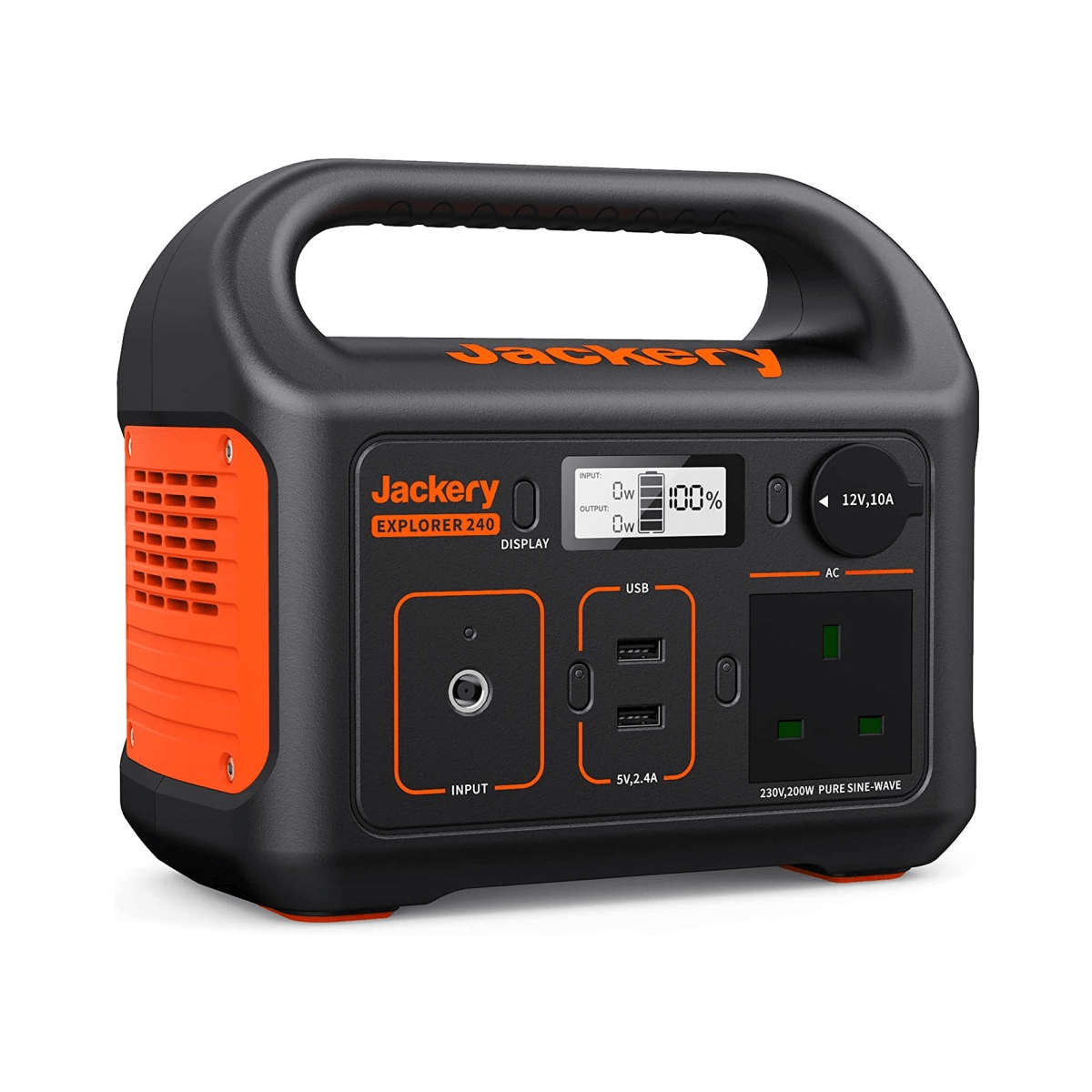
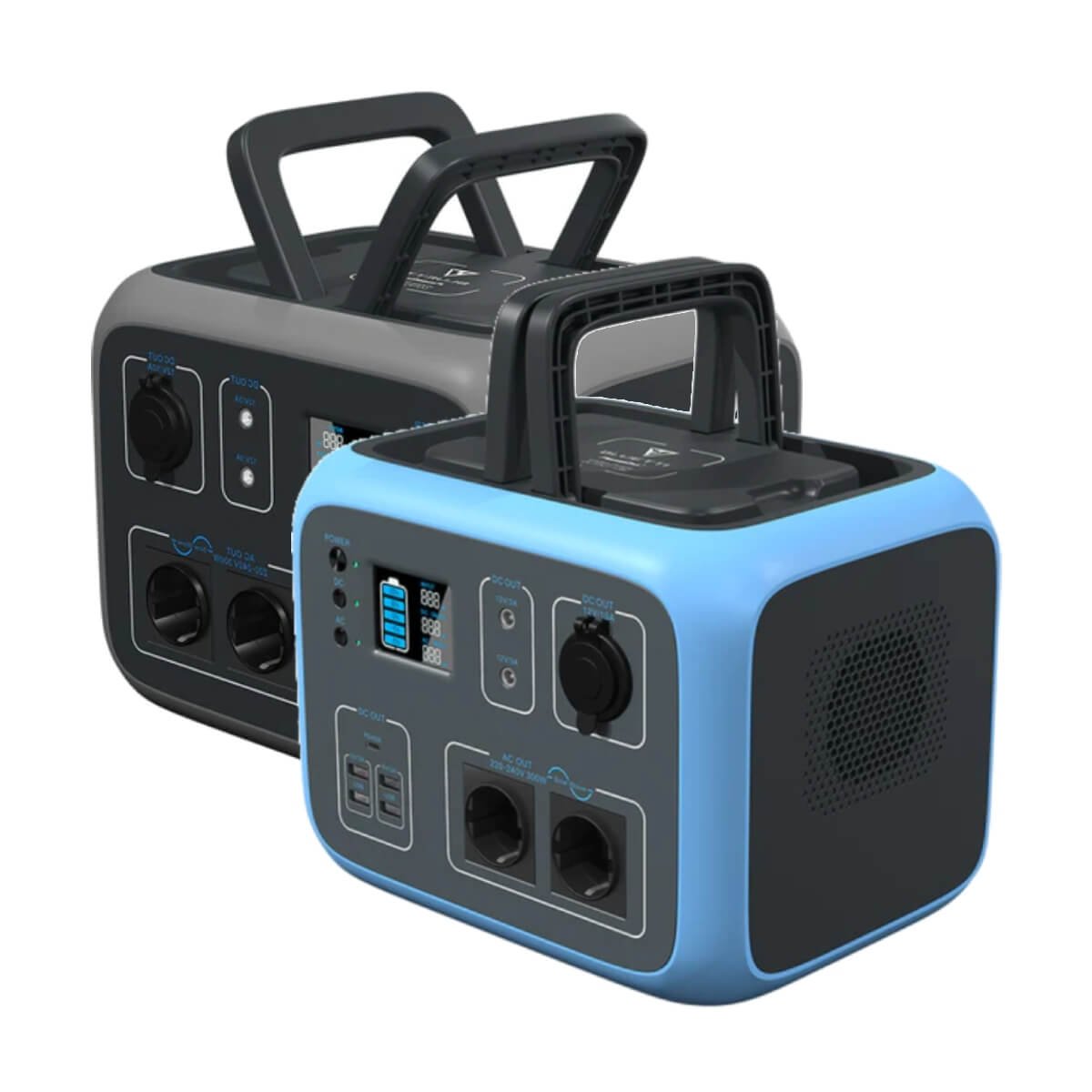
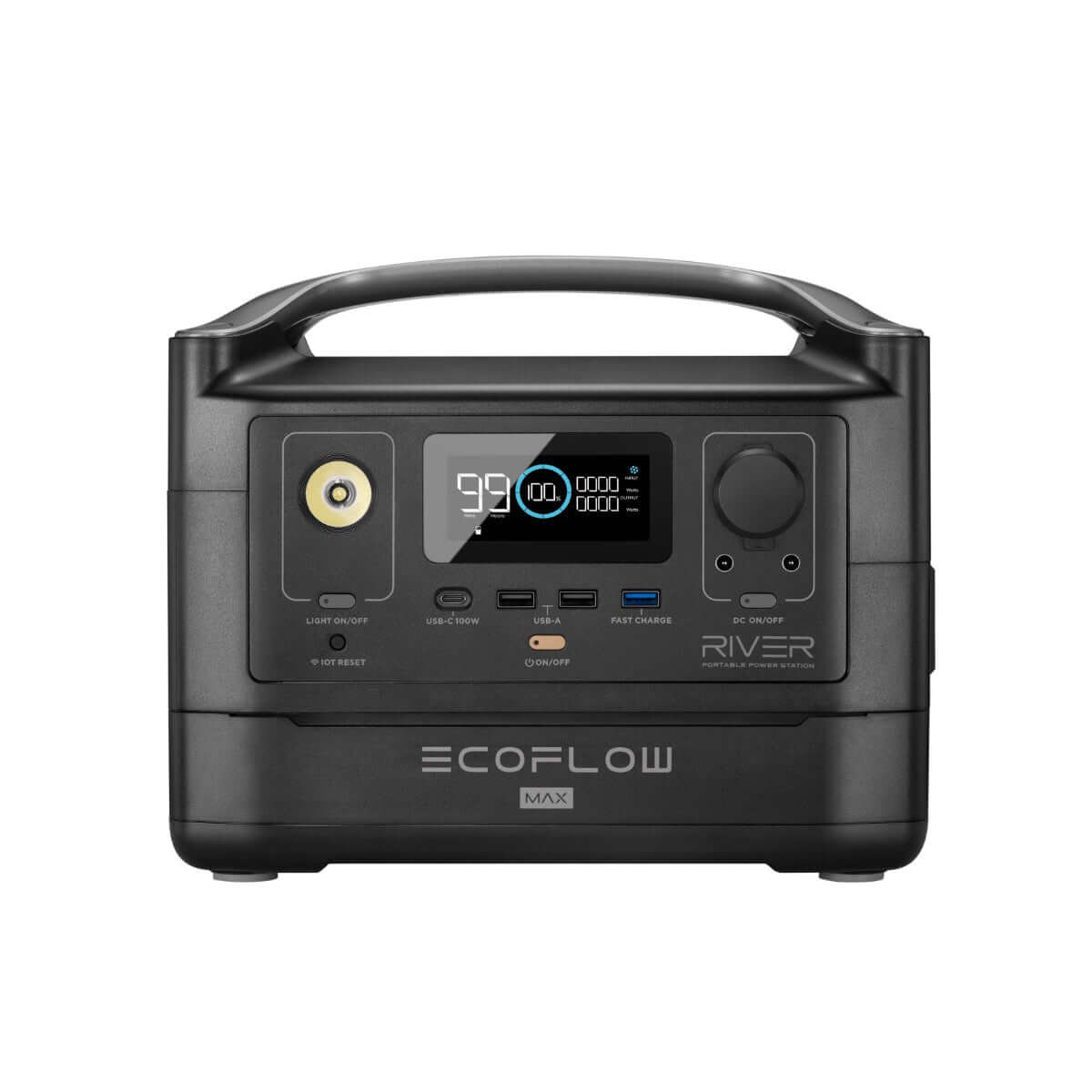
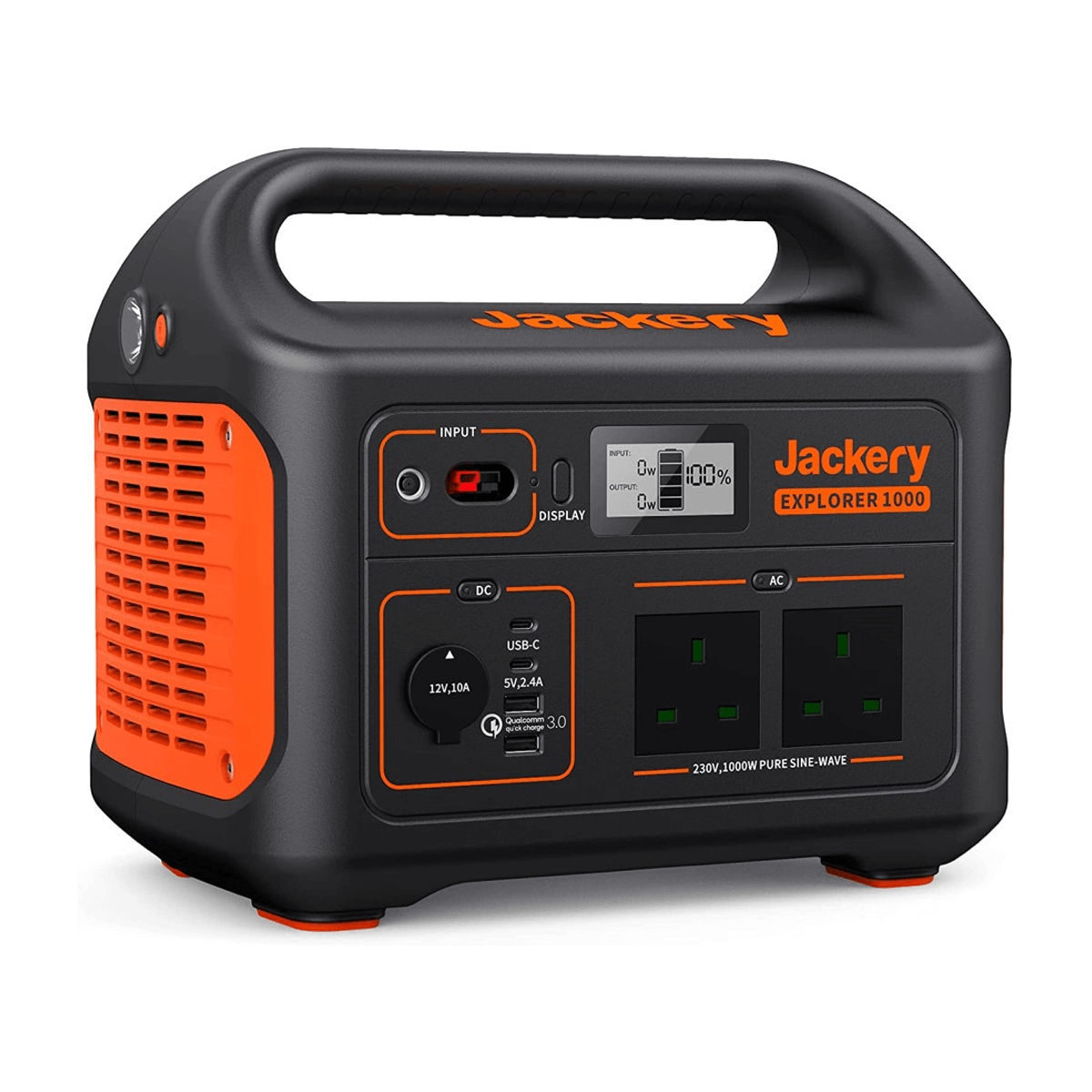
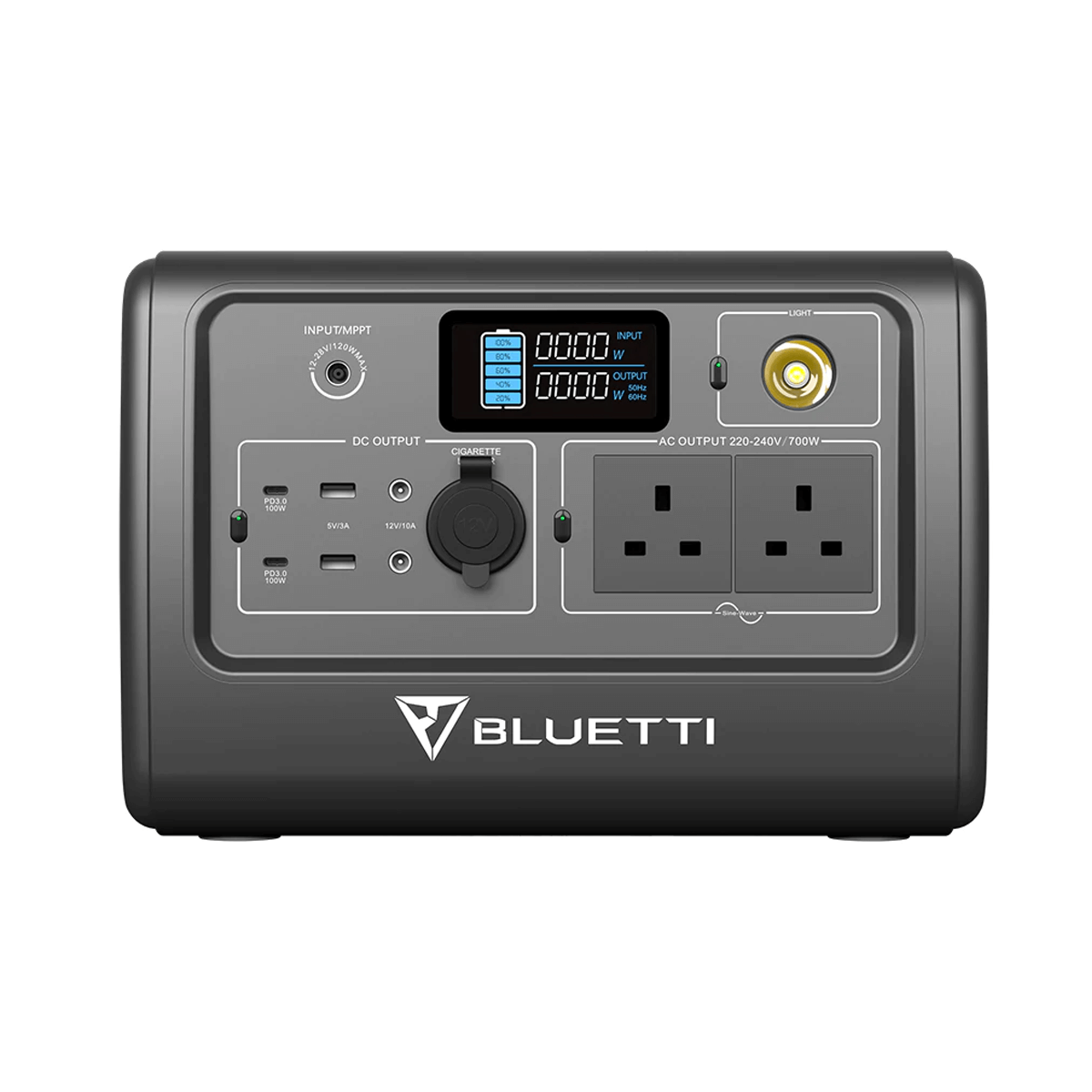
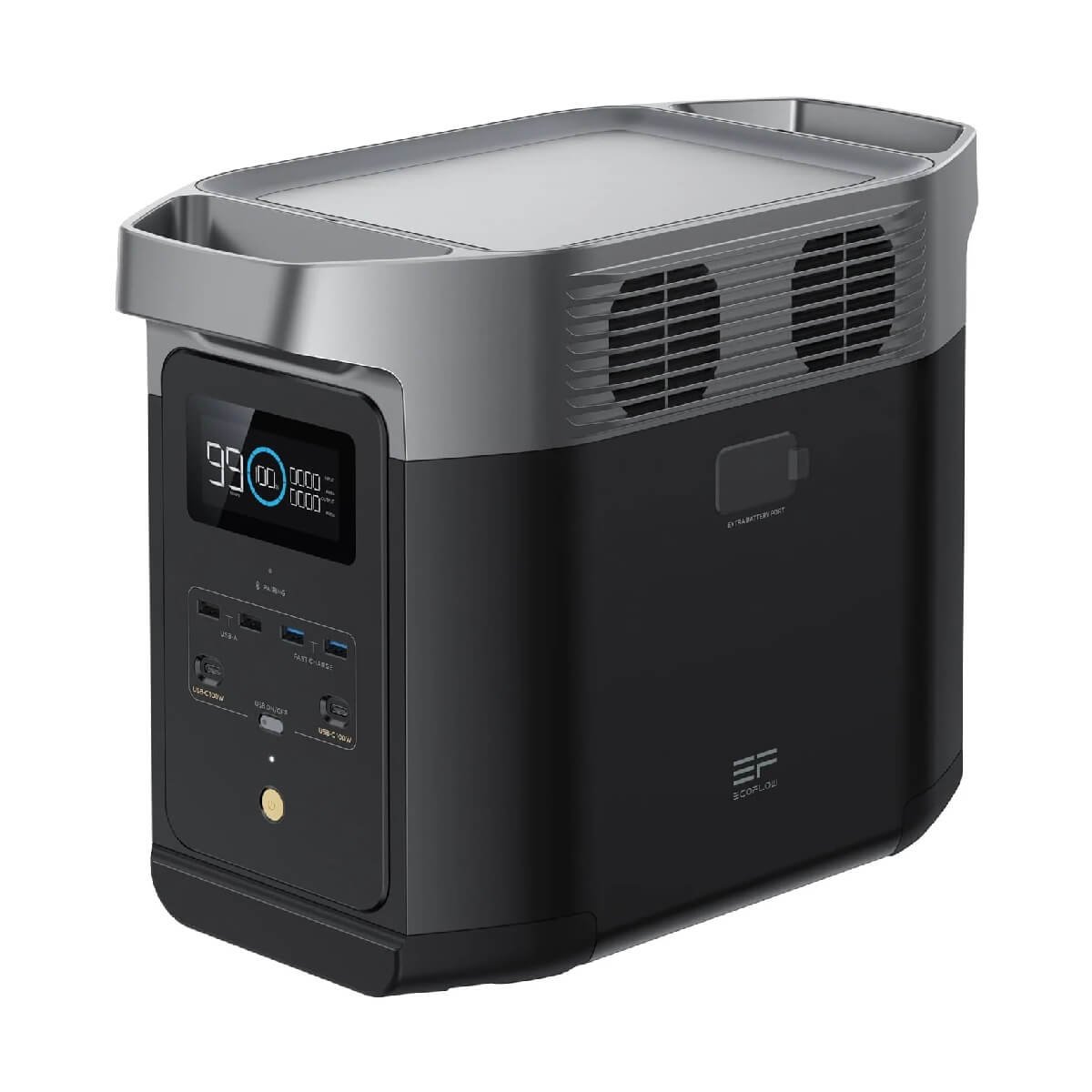
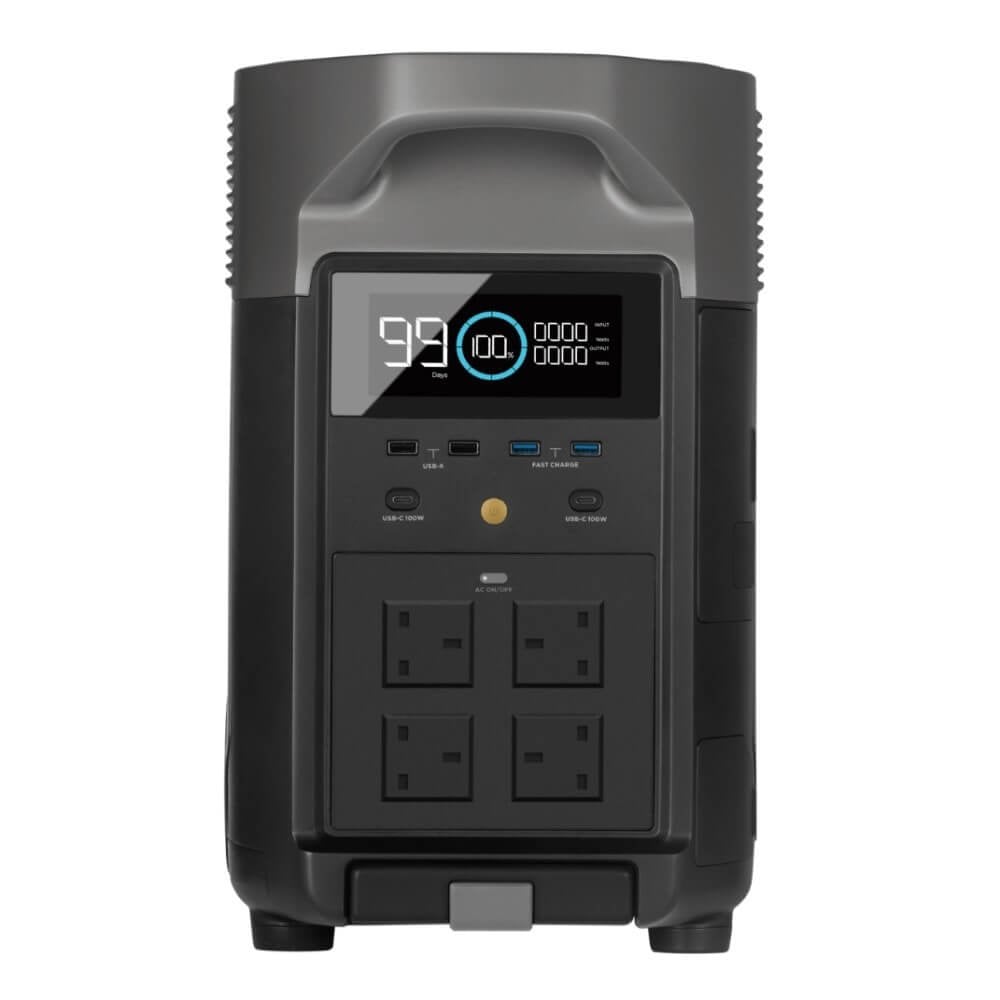
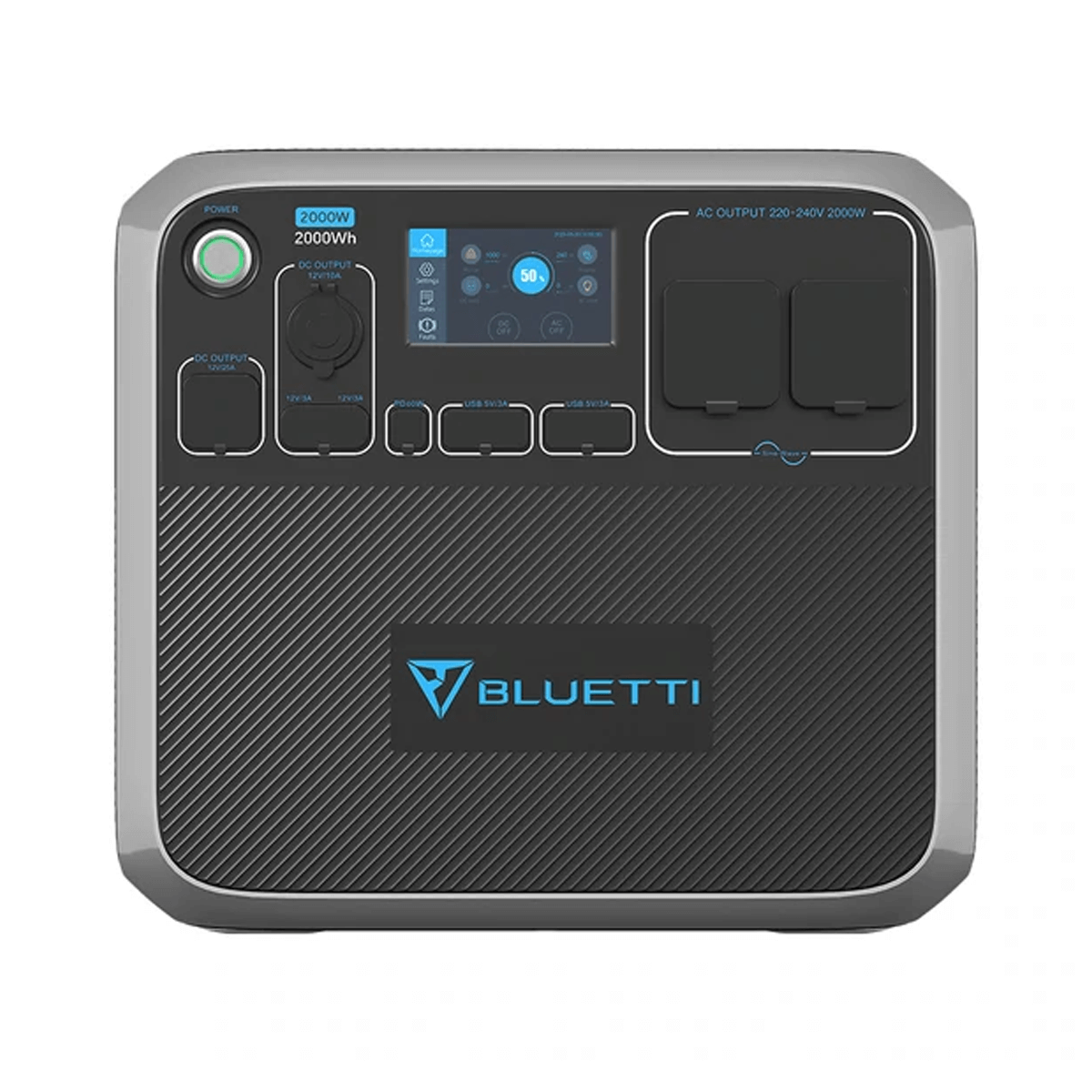
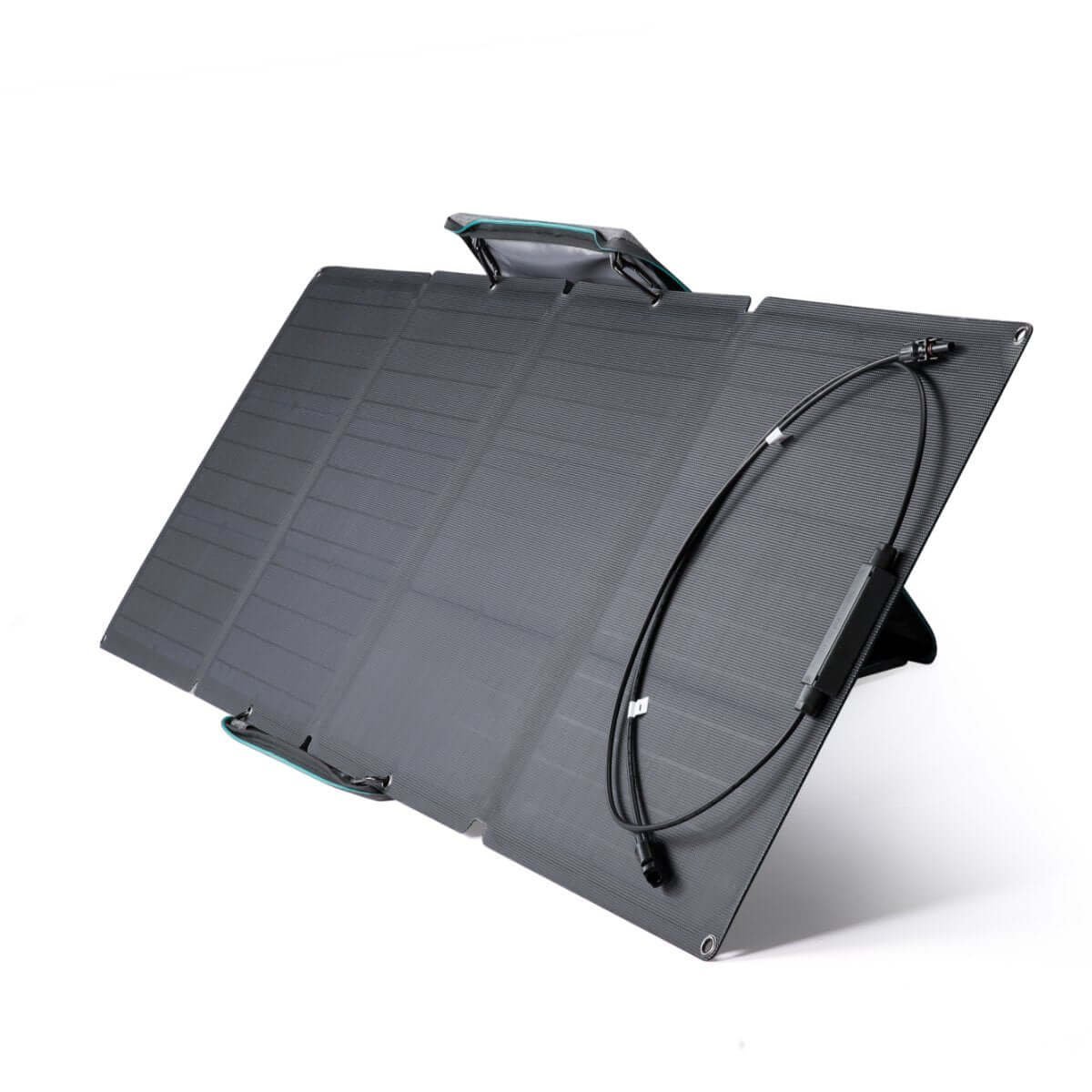
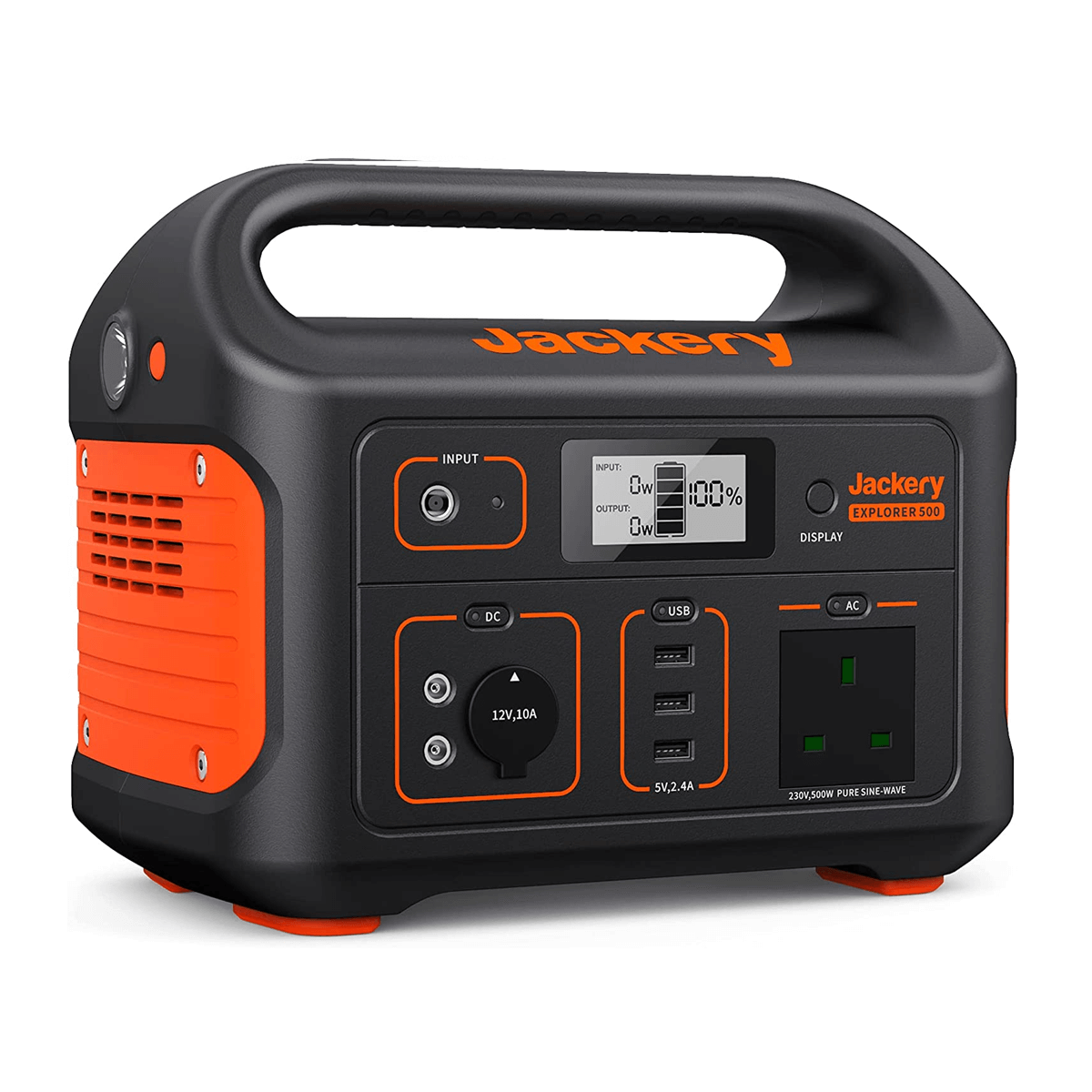
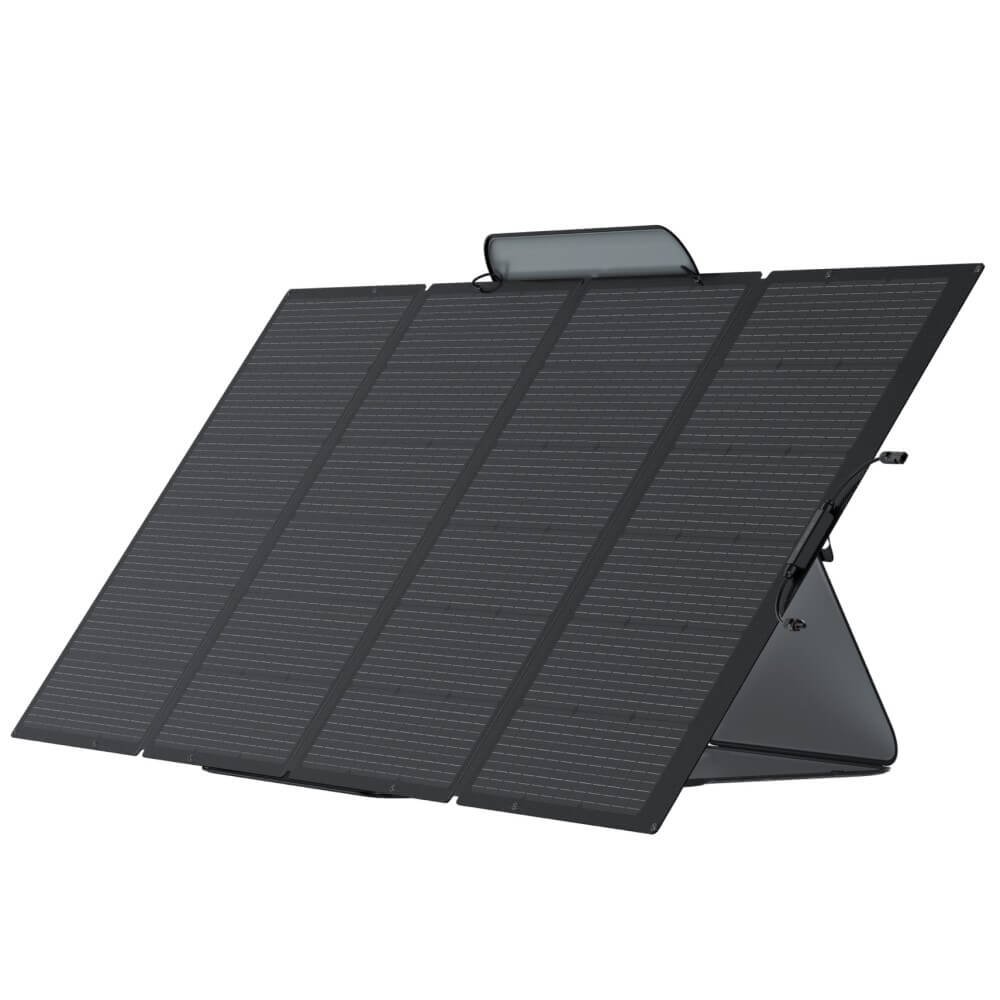
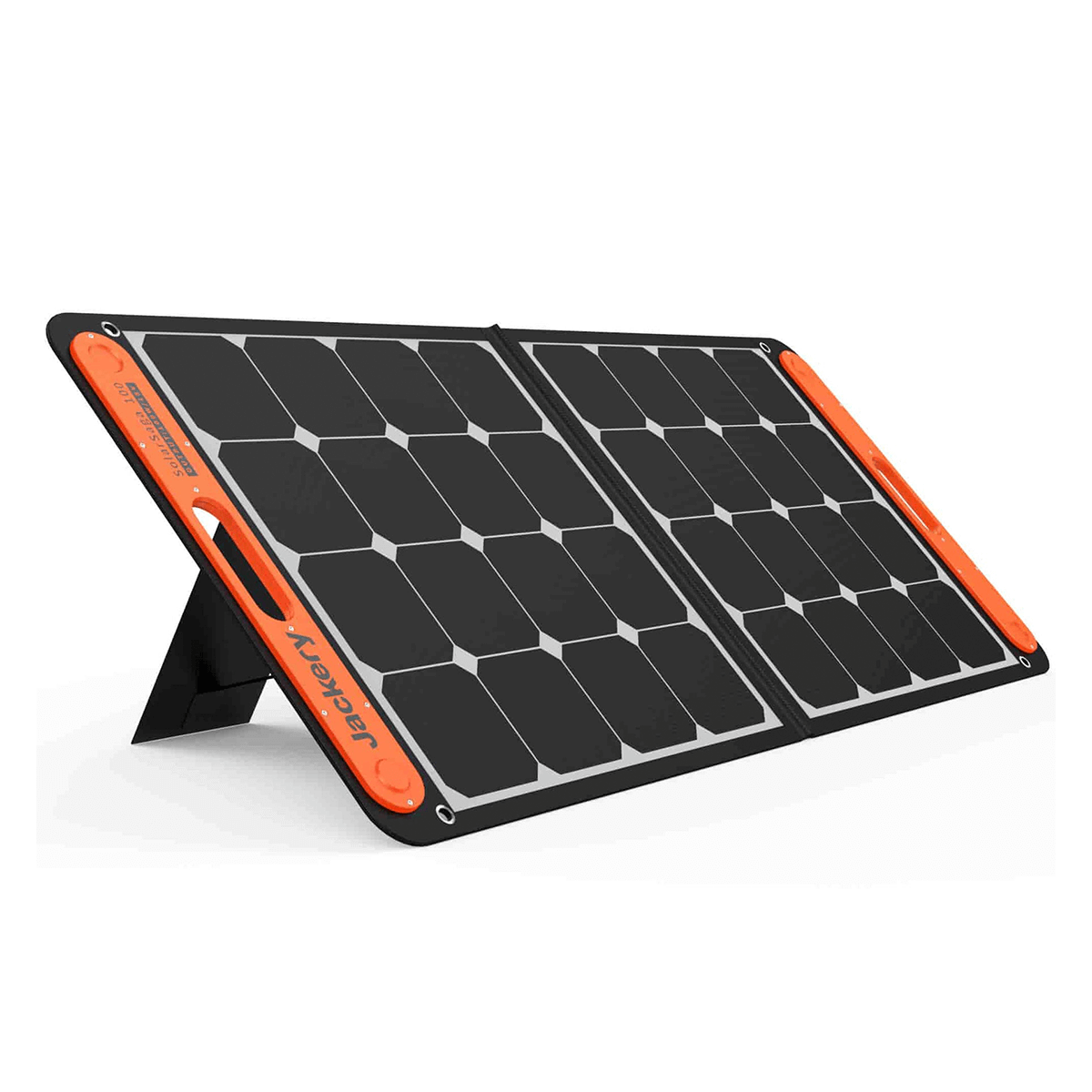
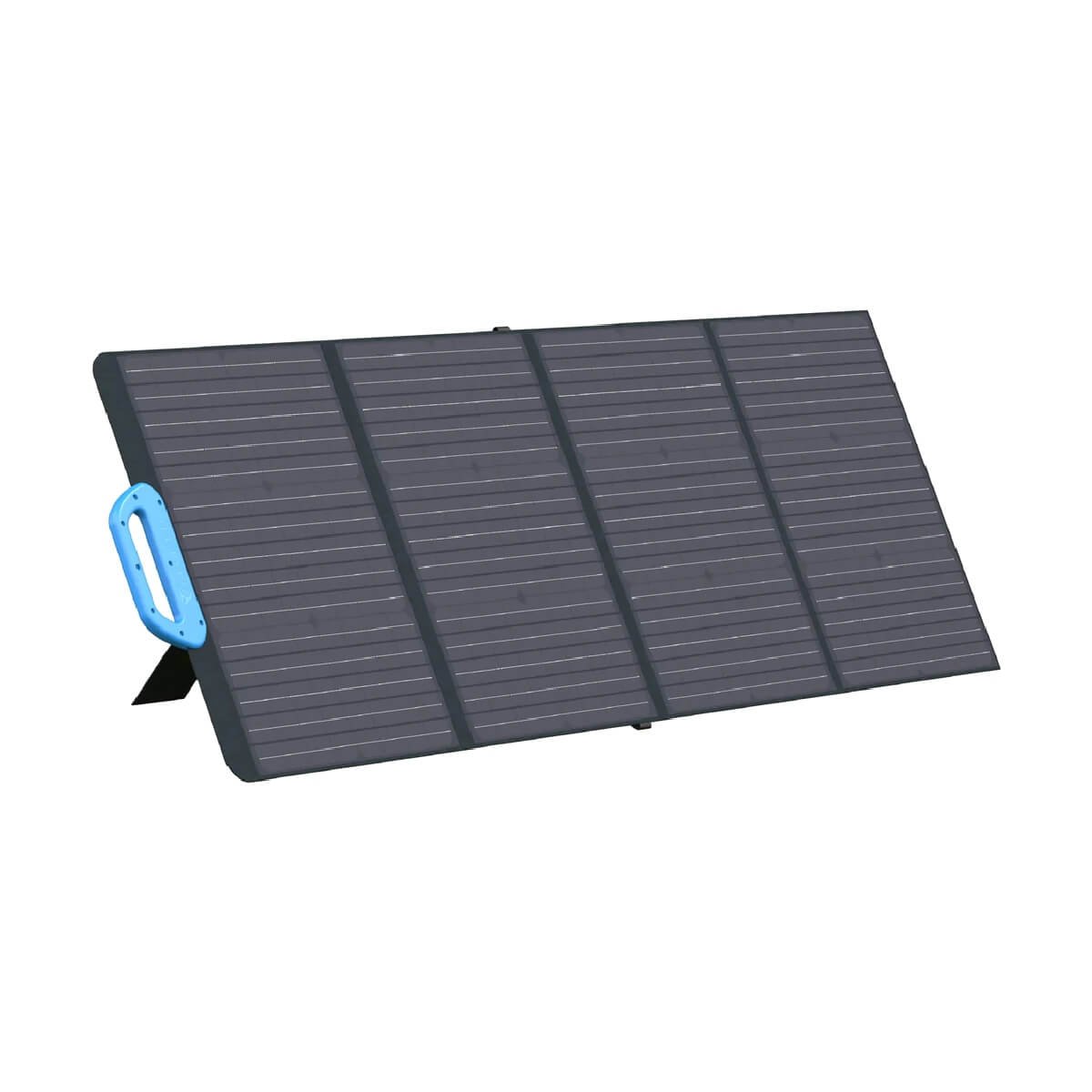
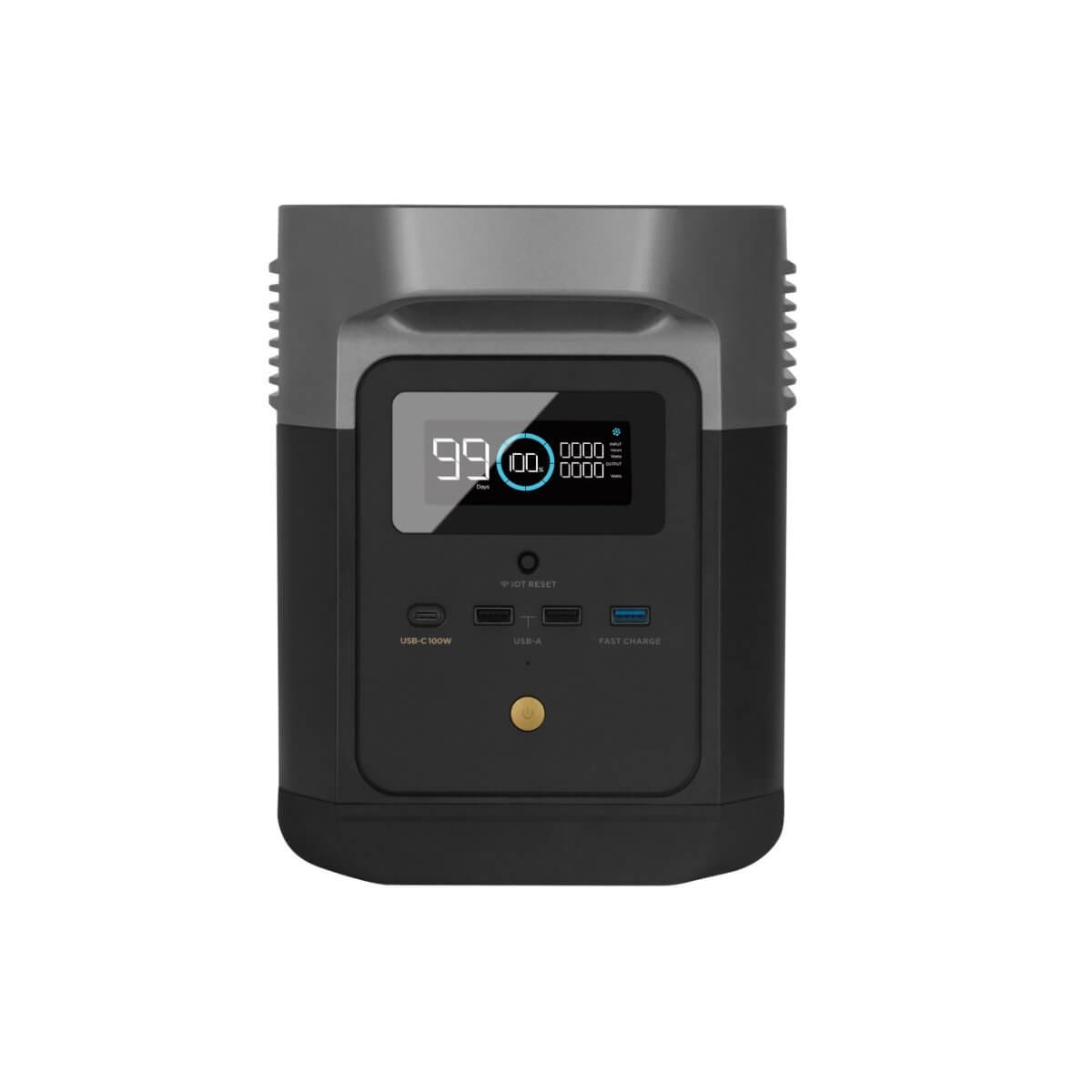
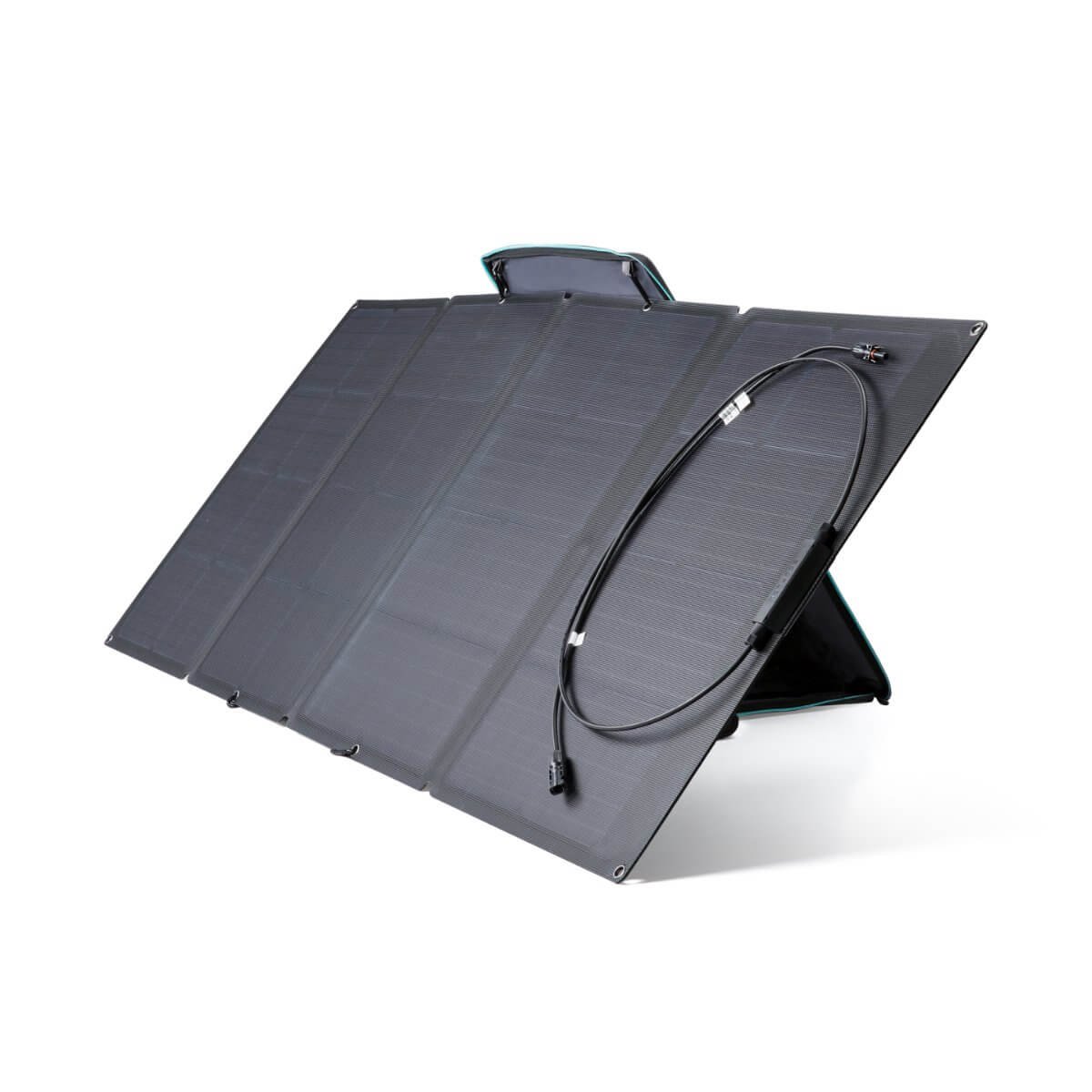
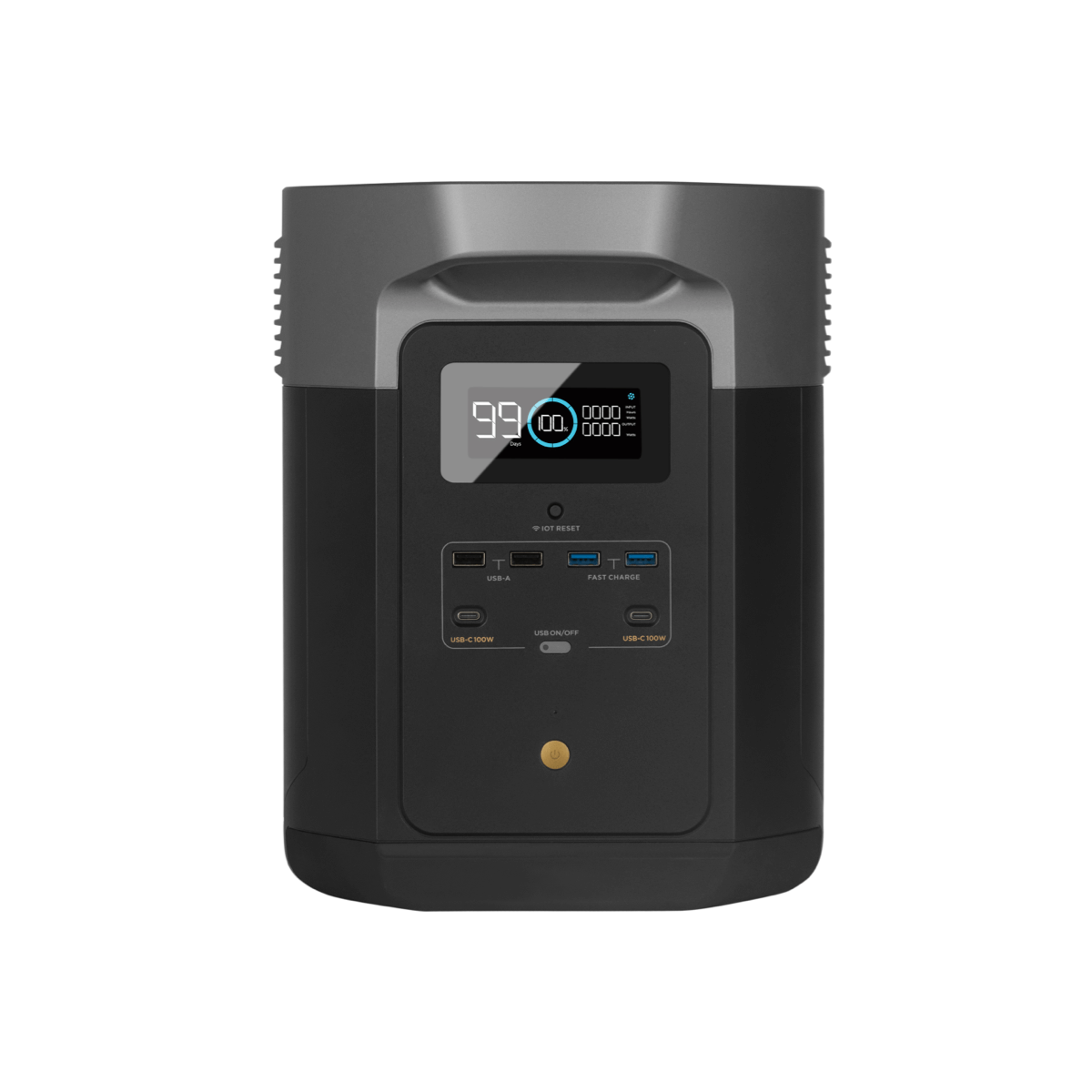
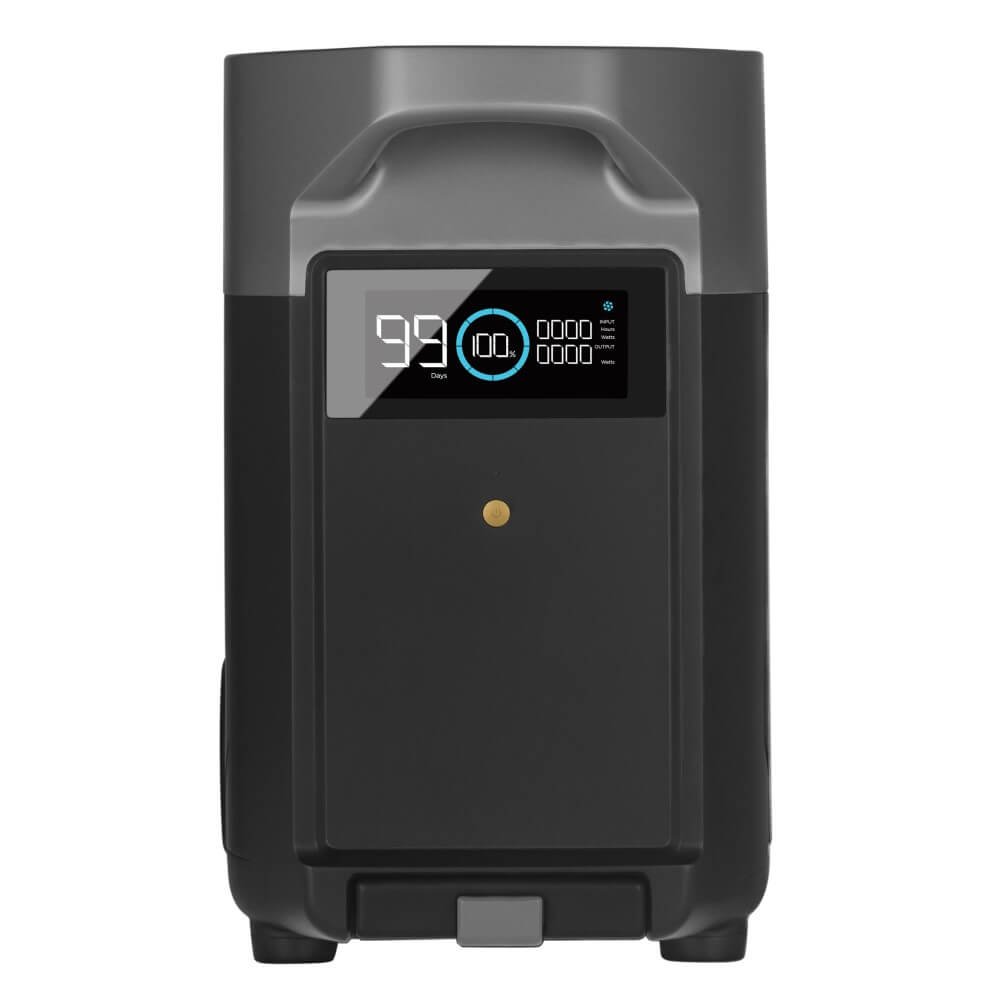
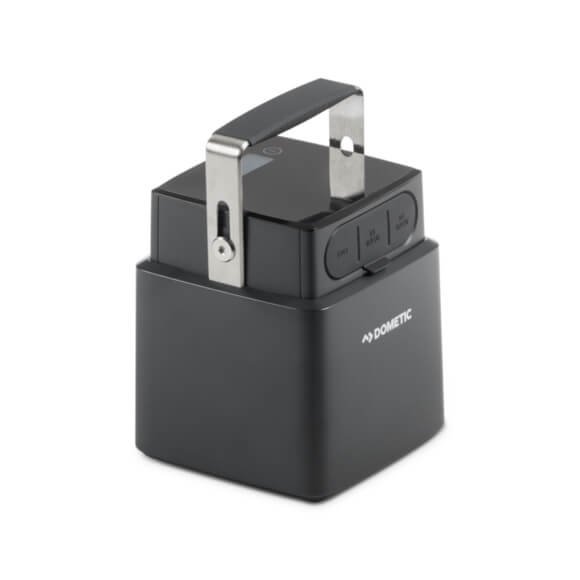

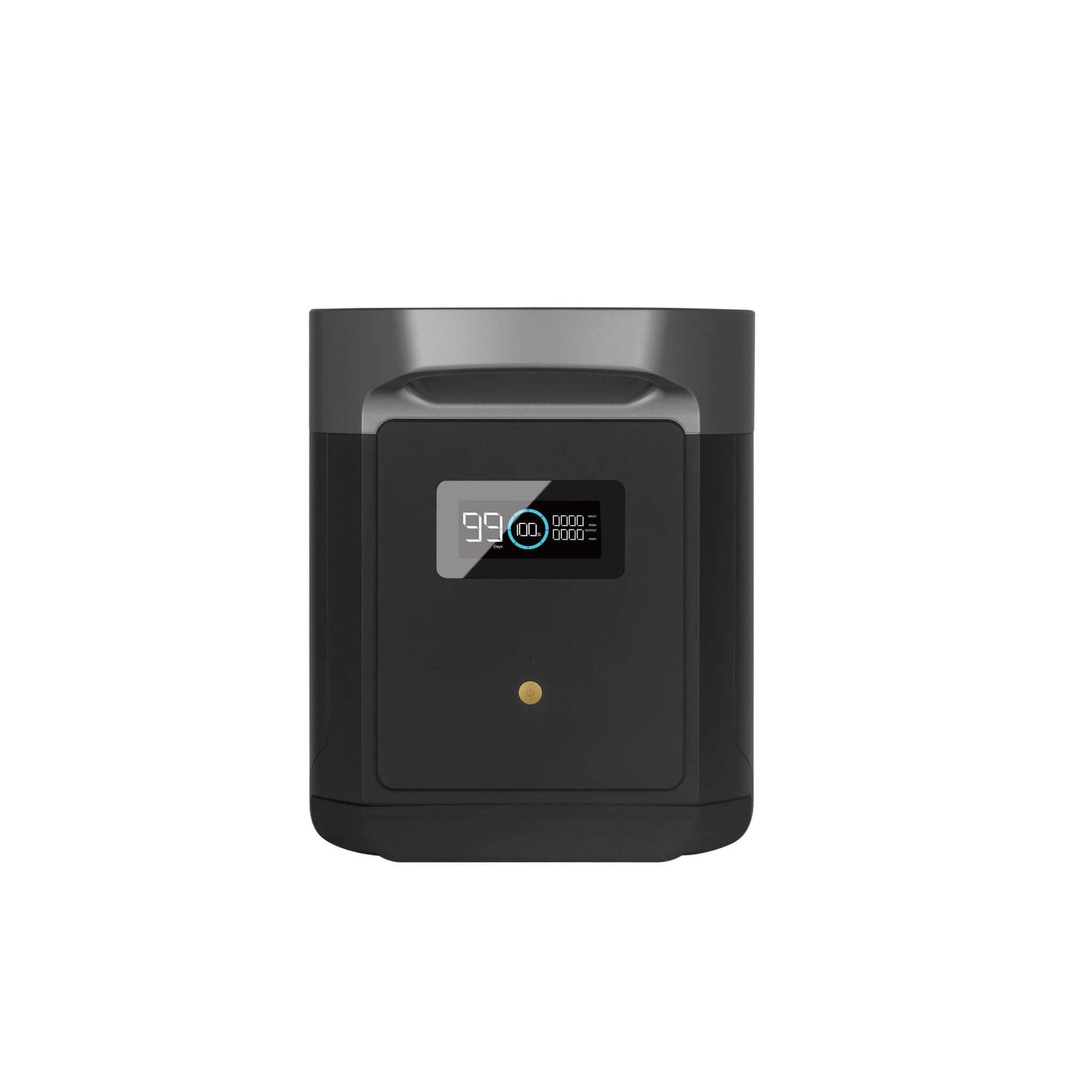
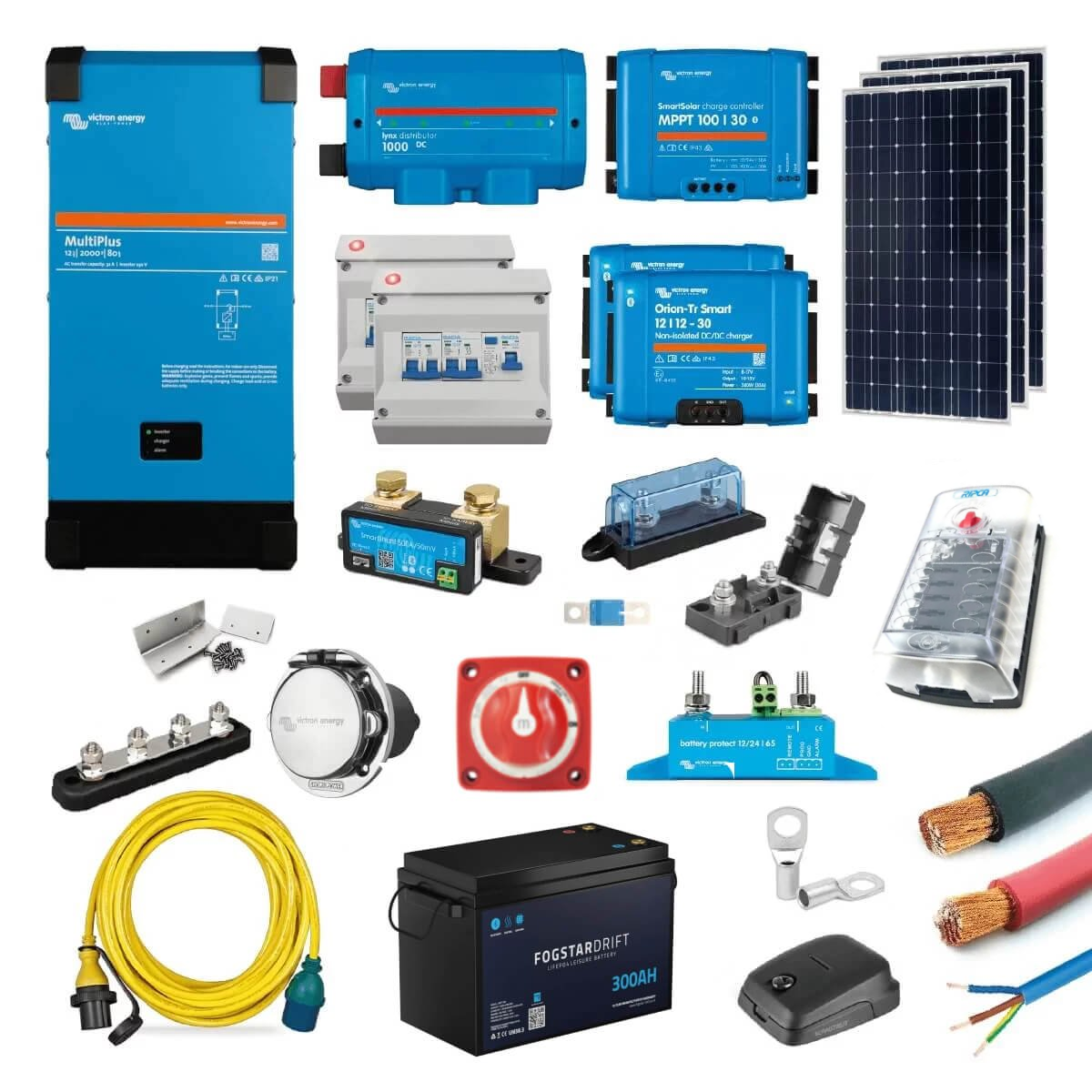
Be the first to comment!